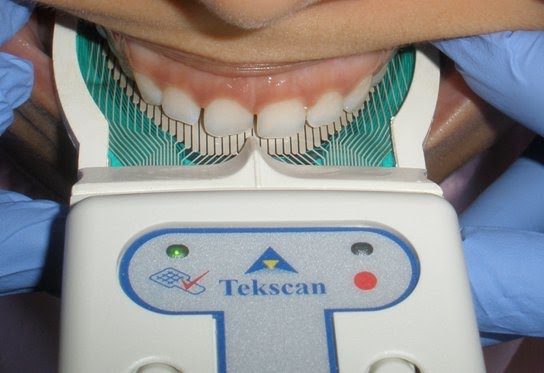
Start here
To learn more about Dr. Supple, Digital Occlusion and all of its applications, begin with the pages below. Check out the snippets and click the Learn More button to the left of each of the page descriptions for additional information.
Meet Dr. Supple

Meet Dr. Supple
Dr. Robert (Bobby) Supple graduated from Tufts University School of Dental Medicine in 1980. He completed the Pankey Institute’s curriculum in 1999 and pursued studies at the American Equilibration Society and at the American Academy of Craniofacial Pain.
Dental occlusion has fascinated Dr. Supple throughout his 30 years in private practice. He is grateful to Dr. L. D. Pankey, to Dr. Janet Travell, and to Dr. R. V. Tucker for communicating their passion and expertise on the subject. Dr. Supple also acknowledges the determining influence of such reputable occlusionists as Peter Neff, Parker Mahon, Mark Piper, Peter Dawson, David Hornbrook, Gordon Christensen, Gerald Chiche, and Jeff Okerson.
Empower yourself

- Would you like to know the difference between two ink marks on the same tooth?
- Have you ever wondered if saliva washed off or changed your articulating paper marks?
- Do you think that marks on gold, porcelain, ceramics, and natural teeth conduct force in the same way?
- If you decrease the load on any single tooth, where do you place the extra force?
- Do you think an abfraction is a phenomenon created by a toothbrush?
- Do you think that TM joints are an important health factor in occlusion?
You get the idea. Occlusion is still a science in the making. The empowering questions await you, if you empower yourself!
Occlusion: Dollars lost

Occlusion is probably the biggest loss of production in dentistry today…
… given away because of crayon marks patients and dentists don’t understand. Computer-assisted occlusal diagnosis, knowing the intensity, direction, sequence, and pattern of force in any occlusion, creates numerous income-producing opportunities that are currently ignored by the majority of general practices. This section lists ten “income streams” which are undervalued and underperformed. Adopting Digital Occlusion practices proves their value and generates income.
Come together

The word ‘occlude’ means to come together
Isn’t it ironic that there is still no consensus among dentists about a unified concept of occlusion? The subject is controversial and can be intimidating at times. Nonetheless, dental professionals must finally come together, despite their various occlusal approaches, for the sake of their patients.
Occlusion, or the process of coming together in the stomatognathic system, can be compared to a multidimensional anatomy puzzle with interlocking pieces that should fit perfectly but do not always.
Dynamically measuring the force exerted on contacting surfaces is part of the strategy that will help solve any occlusal puzzle.
A new paradigm

A new paradigm
The most basic tool used in treating occlusion is articulating paper; it has remained unchanged for over a century and is used in dentistry around the world. The word “occlude” means “to come together.” As a mandible engages into a position against a maxillary arch, dentists use color in various forms to enhance what they think they know about occlusion based on their previous experience.
Occlusion is the study of the relationship between the maxillary and mandibular arches. Sounds simple, doesn’t it? However, the reality is that occlusion is often confusion and, more often than not, dentists are left to reinvent the wheel, using a trial and error approach based on their own clinical experience.
History of Digital Occlusion

This website is based on the culmination of two decades of study, observation, and experience in the field of computerized occlusal analysis and management. I have been privileged to learn from and observe many good teachers and colleagues. As I introduce Digital Occlusion, I acknowledge being able to do so because of the pioneering work undertaken by Dr. Harry C. Lundeen and Dr. Charles H. Gibbs in the 1970s, by Dr. William L. Maness in the 1980s, and by Dr. Robert B. Kerstein from the late 1980s to this day.
During the course of a University of Florida project which lasted from August 1974 to April 1985, doctors Charles Gibbs and Harry Lundeen developed a gnathic replicator which offered possible ways of measuring human chewing movements and of recording data for future interpretation. Their measuring system simultaneously recorded force, integrated EMG activity and vertical displacement of the mandible while chewing foods of varying consistencies.

Technology energizes the profession. New information accelarates change and advances ideas, concepts, and research. Progressive thinking will improve the standard of care and evidenced-based learning will bring dental professionals closer together.
